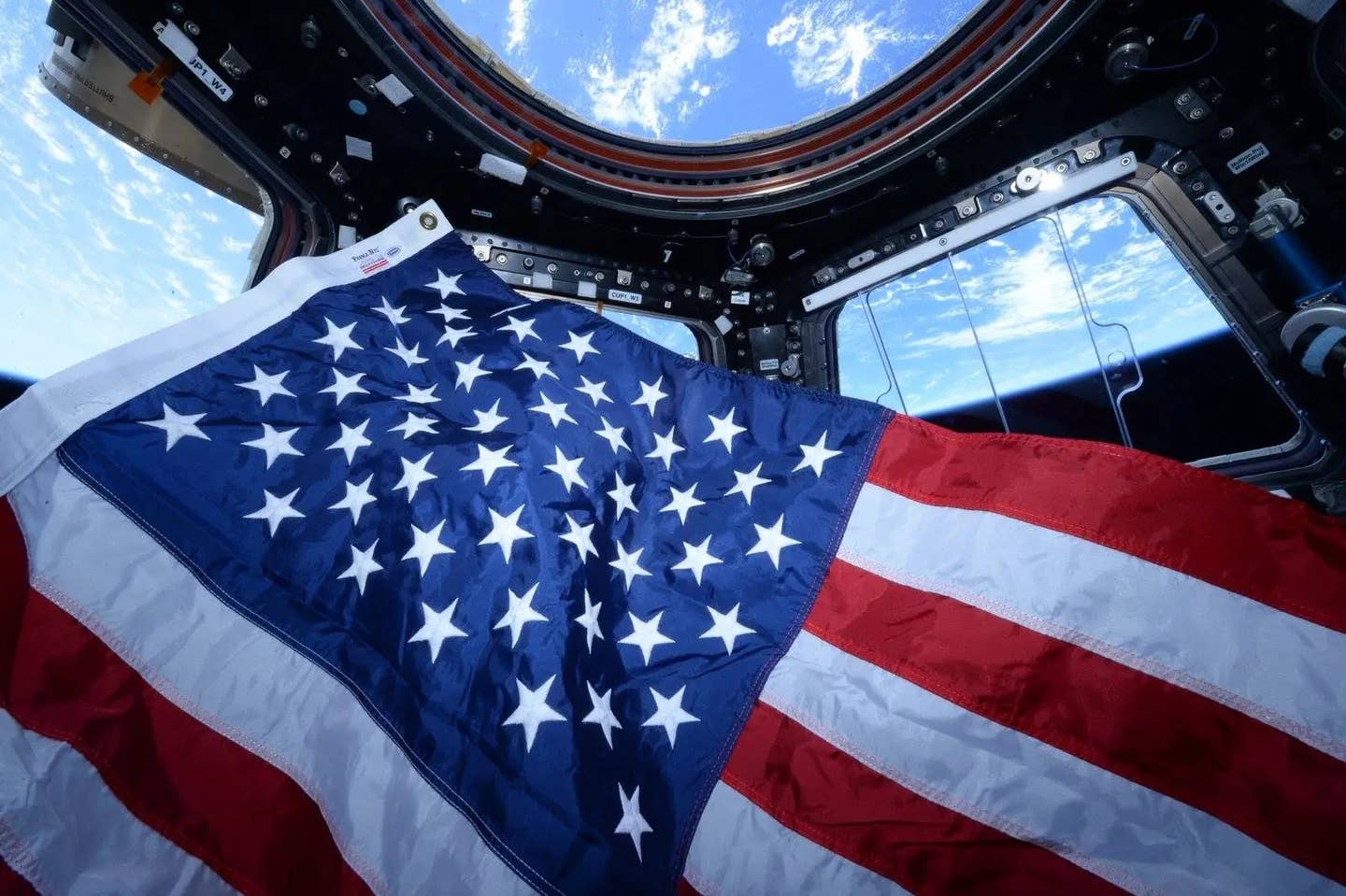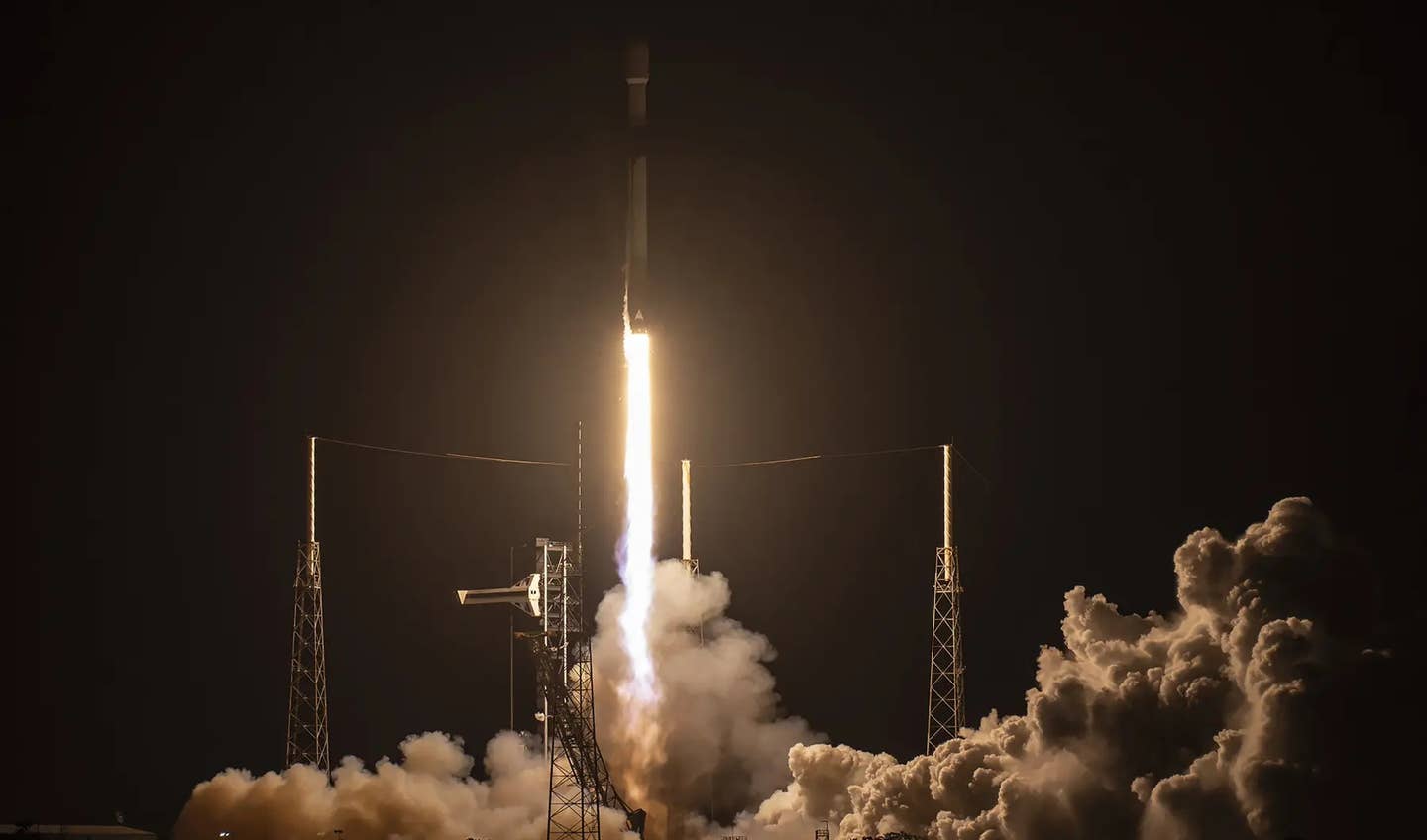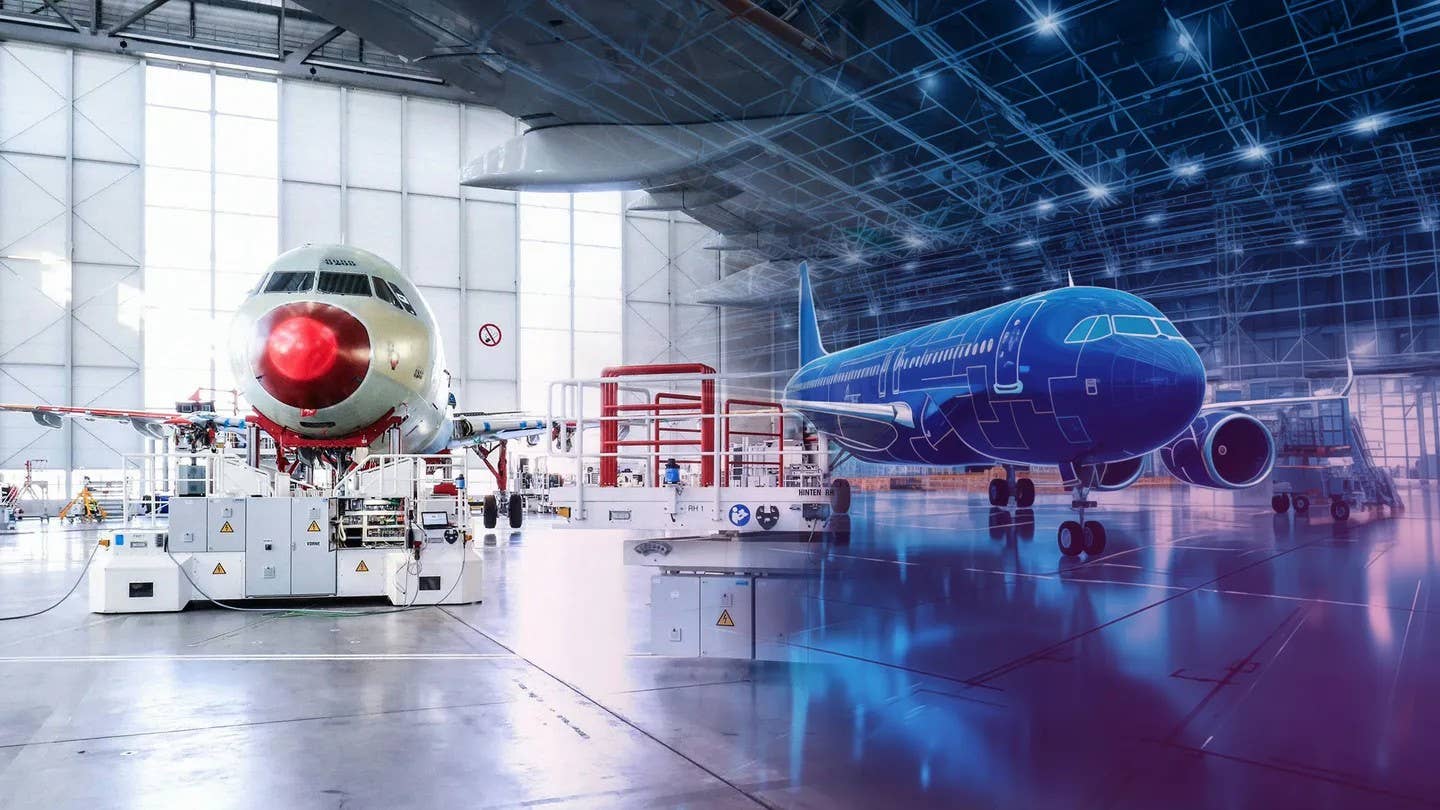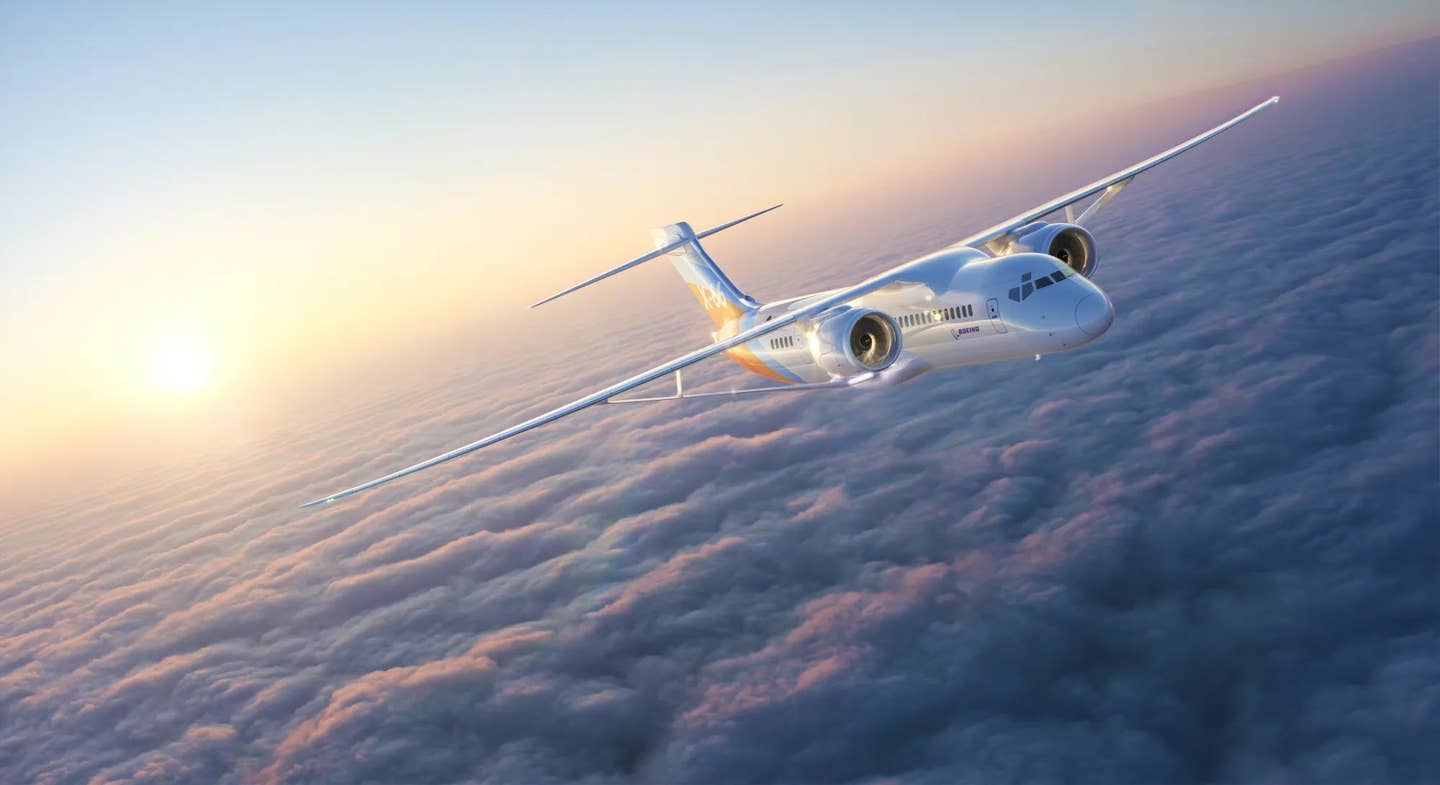Here’s How ISS Astronauts Will Vote in the 2024 Election
Astronauts have been voting from the International Space Station since 1997 and have cast ballots in every U.S. presidential election since 2004, except one.

NASA uses electronic encryption to protect astronauts’ votes as they are beamed back to mission control in Houston. [Courtesy: NASA]
Astronauts aboard the International Space Station (ISS) orbit the Earth hundreds of miles above American soil. But that doesn’t mean they can’t vote while they float.
Indeed, Boeing Starliner astronauts Butch Wilmore and Suni Williams—who have been in the orbital laboratory since June after their test mission was extended due to safety concerns—said they intend to cast their ballots in the November U.S. presidential election from orbit. They are not the first to do so—and they probably will not be the last.
NASA astronaut David Wolf, aboard the now-defunct Mir Space Station, was the first American to cast a ballot from the final frontier. Wolf voted in Houston’s local elections after the Texas Legislature, which oversees NASA’s Johnson Space Center, passed a bill permitting electronic voting in space.
Since 2004, ISS occupants have voted in all but one presidential election: 2012, when Williams and crewmate Kevin Ford submitted absentee ballots before launching to the orbital laboratory. Most recently, ISS astronaut Kate Rubins voted in the 2020 race. Astronauts living outside Texas, meanwhile, have cast ballots by coordinating with their local voter services department.
“It’s a very important duty that we have as citizens, and [I am] looking forward to being able to vote from space, which is pretty cool,” Williams told reporters during a NASA press conference in September.
So, how do they do it? The process is actually quite simple.
Like other data beamed between the ISS and NASA mission control in Houston, the astronauts’ votes are sent through the agency’s Near Space Network, which handles communications in low-Earth orbit.
After applying for an absentee ballot, astronauts fill it out electronically aboard the space station. NASA then encrypts and uploads the data into an onboard computer, which feeds it through the agency’s Tracking and Data Relay Satellite System (TDRSS). Only the astronaut and their county clerk’s office can view the selections.
The TDRSS beams ballots to a terminal at NASA’s White Sands Test Facility in New Mexico. From there, landlines transmit them to Mission Control in Houston, where they are sent electronically to the county clerk’s office for filing.
“Astronauts forego many of the comforts afforded to those back on Earth as they embark on their journeys to space for the benefit of humanity,” NASA said in a blog post earlier this month.
“Though they are far from home, NASA’s networks connect them with their friends and family and give them the opportunity to participate in democracy and society while in orbit.”
In March, NASA astronauts Loral O’Hara and Jasmin Moghbeli, part of the ISS Expedition 70 crew, voted from the orbital laboratory as Texas residents. Accompanying Wilmore and Williams on the ISS are the crews of the Soyuz MS-26 and SpaceX Crew-9 missions, including two Americans who are also eligible to cast ballots from space.
Like this story? We think you'll also like the Future of FLYING newsletter sent every Thursday afternoon. Sign up now.

Sign-up for newsletters & special offers!
Get the latest FLYING stories & special offers delivered directly to your inbox






